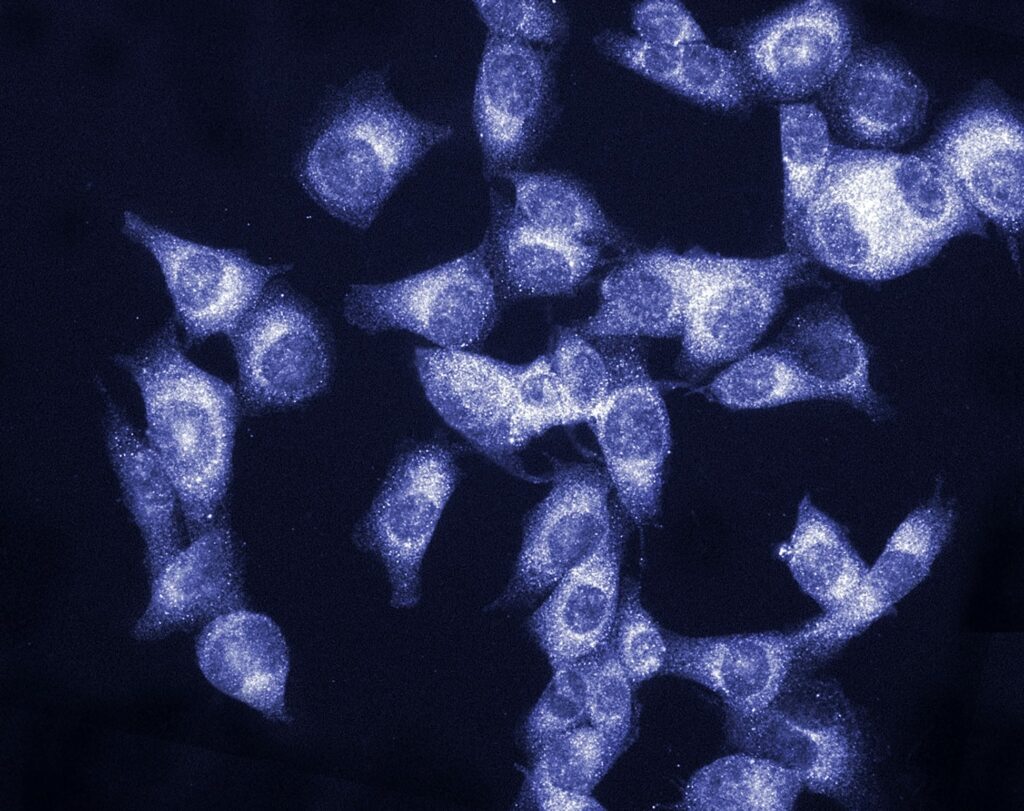AI technologies are increasingly used in dermatology for early detection of skin cancer, offering improvements in diagnostic accuracy and patient outcomes.
Artificial Intelligence (AI) is making strides in the early detection of skin cancer, particularly melanoma, which is the deadliest form of skin cancer. By leveraging advanced machine learning algorithms, AI is improving how dermatologists diagnose and treat this condition, ultimately improving patient outcomes.
AI technologies, especially deep learning algorithms, are trained on vast datasets of skin images to recognize patterns and identify potential malignancies. These algorithms analyze images with remarkable accuracy, often surpassing the diagnostic performance of human dermatologists. AI can detect subtle differences in skin lesions that might be missed during a visual examination, leading to earlier and more accurate diagnoses.
Case Studies Demonstrating AI’s Effectiveness

1. Melanoma Detection Accuracy
A study published in JAMA Dermatology assessed the performance of a deep learning algorithm in detecting melanoma from dermoscopic images. The algorithm was trained using a dataset of over 100,000 images, which included both benign and malignant lesions. The results were impressive: the AI achieved an accuracy rate of 95%, compared to an accuracy rate of 86% by a panel of experienced dermatologists on the same set of images (Stanford Medicine). This highlights AI’s potential in assisting dermatologists, providing a second opinion that enhances diagnostic confidence and accuracy.
2. Comparative Studies in Clinical Settings
Research conducted by Stanford University evaluated AI’s effectiveness in real-world clinical settings. The AI model analyzed images of suspicious skin lesions and provided diagnostic suggestions that were then compared to the diagnoses made by dermatologists. The study found that AI could match or even exceed the performance of dermatologists in identifying malignant lesions, reinforcing the value of integrating AI into routine dermatological practice (Stanford Medicine).
3. AI in Teledermatology
AI’s role extends beyond traditional clinical settings to teledermatology, where it aids in diagnosing patients remotely. A study explored the use of AI-powered mobile applications that allow patients to capture images of their skin lesions and receive instant analysis. These applications, backed by robust AI algorithms, provide preliminary diagnostic insights that help prioritize cases requiring urgent medical attention, making dermatological care more accessible and efficient (CAIMI).
Impact on Patient Outcomes
The integration of AI in dermatology has several key benefits:
- Early Detection: AI’s ability to detect melanoma at its earliest stages can significantly improve survival rates. Early intervention often results in less invasive treatments and better prognoses.
- Increased Accessibility: AI tools can be deployed in remote or underserved areas, providing high-quality diagnostic services without the need for specialist dermatologists on-site.
- Reduced Diagnostic Errors: By providing a highly accurate second opinion, AI reduces the likelihood of diagnostic errors, ensuring patients receive timely and appropriate care.
Future Directions and Ethical Considerations

As AI continues to evolve, its applications in dermatology are expected to expand. Future advancements may include more sophisticated algorithms capable of diagnosing a wider range of skin conditions, integration with electronic health records for comprehensive patient management, and enhanced teledermatology services.
However, the deployment of AI in healthcare must address several ethical considerations:
- Data Privacy: Ensuring patient data is protected and used responsibly is paramount. Robust encryption and adherence to privacy regulations like GDPR and HIPAA are essential.
- Bias and Fairness: AI algorithms must be trained on diverse datasets to avoid biases that could impact the accuracy of diagnoses across different demographic groups.
- Transparency: Healthcare providers must understand how AI models make decisions to maintain transparency and trust with patients.
Integrating AI into dermatology practices not only supports dermatologists in making more accurate diagnoses but also ensures that patients receive the timely and effective care they need.
References:
- JAMA Dermatology. “AI in Melanoma Detection: Accuracy and Clinical Implications.”
- Stanford University. “Evaluating AI in Clinical Settings for Skin Cancer Detection.”
- Various Studies on AI and Teledermatology Applications.
Photo 121373512 © Kittipong Jirasukhanont | Dreamstime.com



